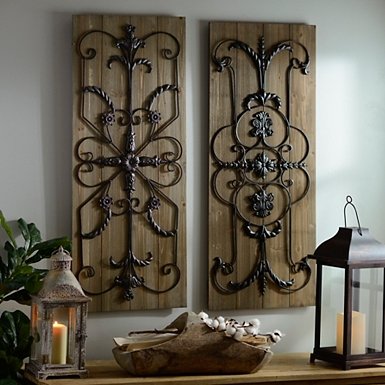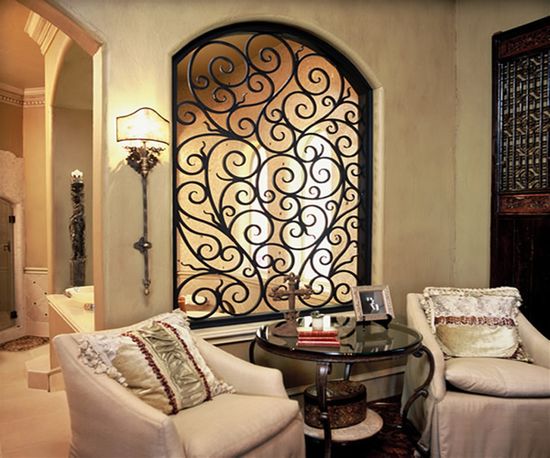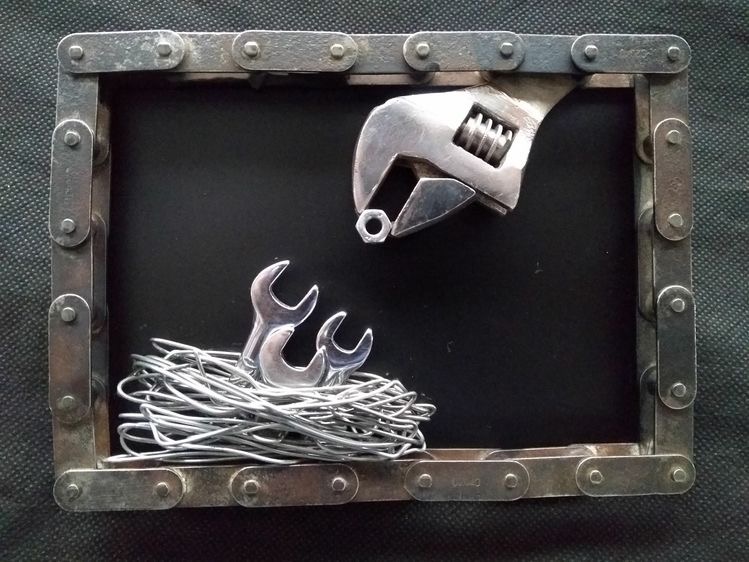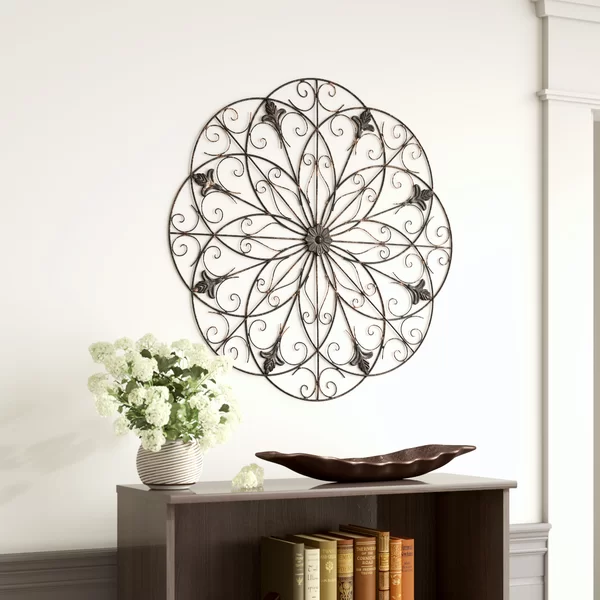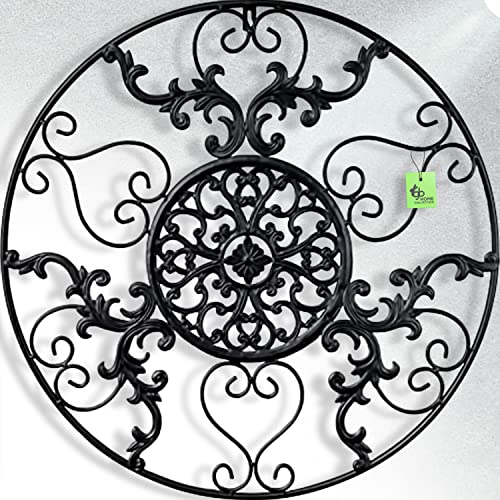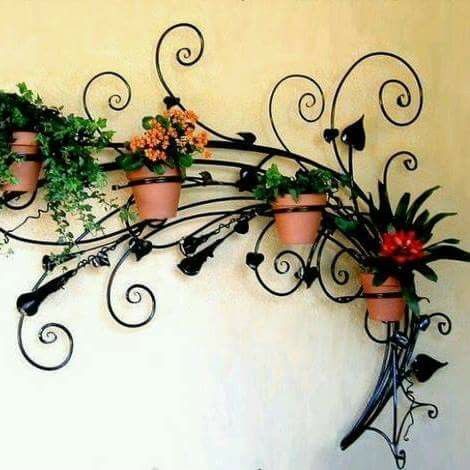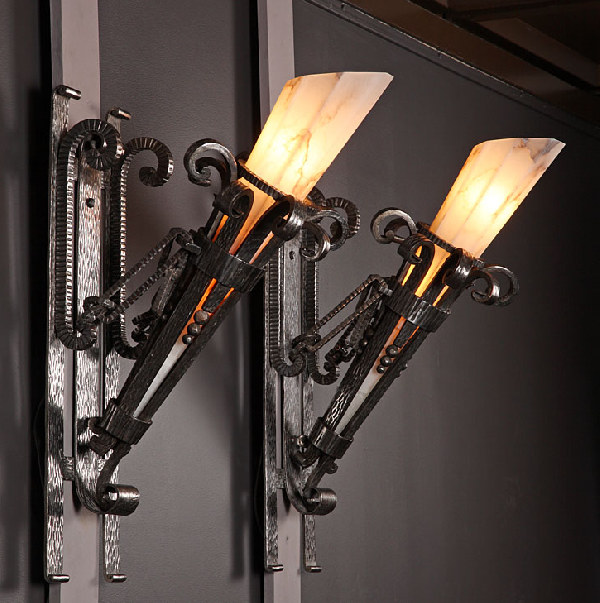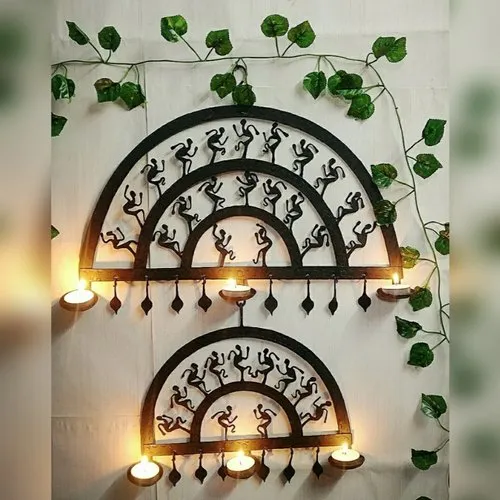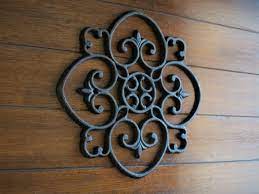About Wrought Iron Art
Wrought Iron Art encompasses the creation of artistic, functional, and decorative pieces using traditional techniques like casting, hammering, and intricate joinery. In a world rapidly embracing modern technology, the enduring allure of handcrafted wrought iron furniture and accessories stands out. These pieces often showcase a medieval influence, incorporating elements like aged nails, rivets, hinges, and floral motifs
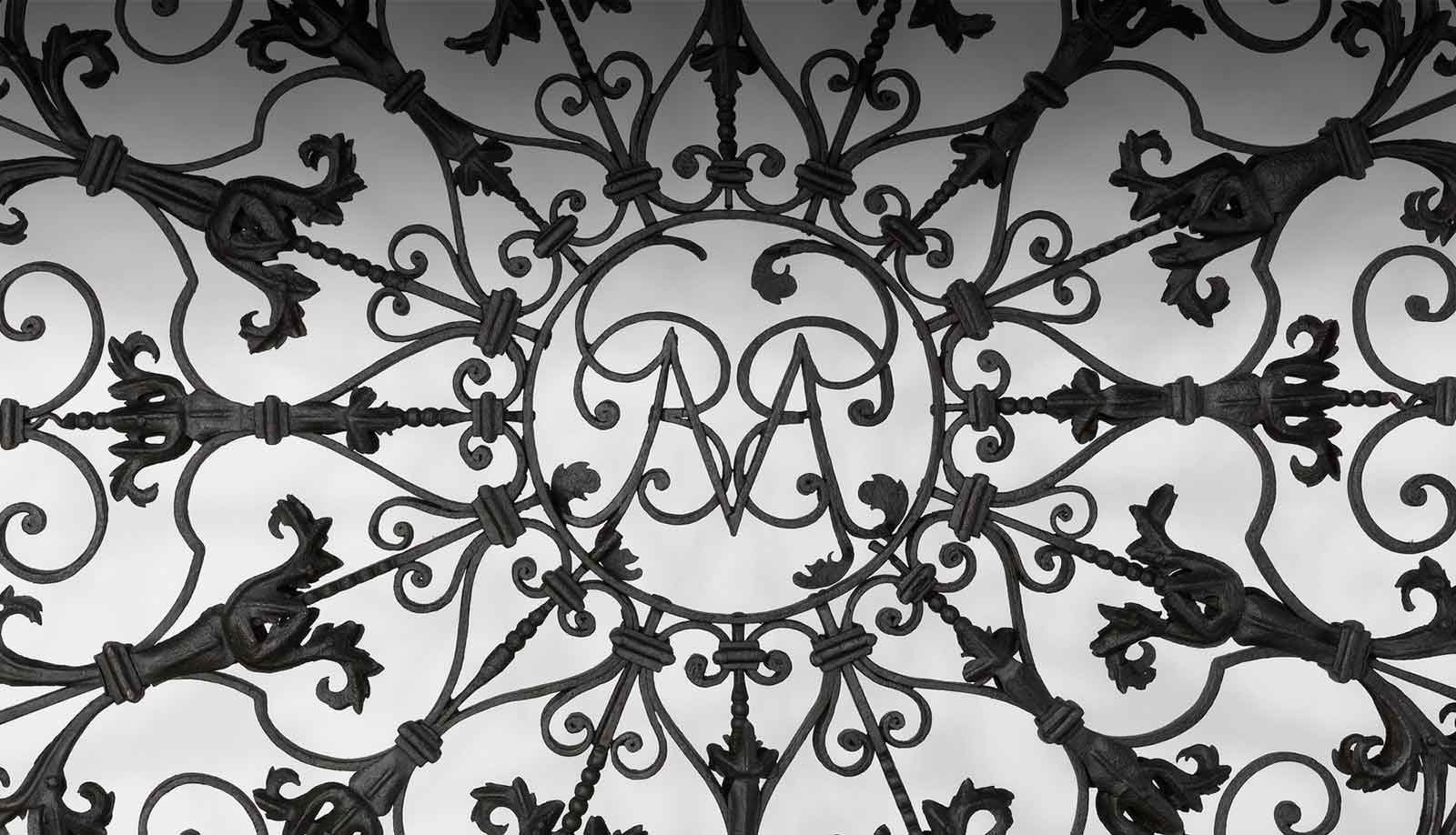
- Wrought iron art encompasses creations that blend artistic expression with utilitarian function.
- Craftsmen employ methods like casting, hammering, and intricate joinery to shape wrought iron into exquisite forms.
- In an age of technology, wrought iron art stands as a testament to the enduring appeal of handcrafted pieces.
- Many wrought iron artworks feature a medieval theme, with elements like aged nails and rivets, evoking a sense of antiquity.
- These pieces often possess a weathered look, bearing the marks of skilled artisans who sculpted them by hand.
- Wrought iron art preserves the artistry of traditional blacksmithing, delivering timeless charm and functionality.
